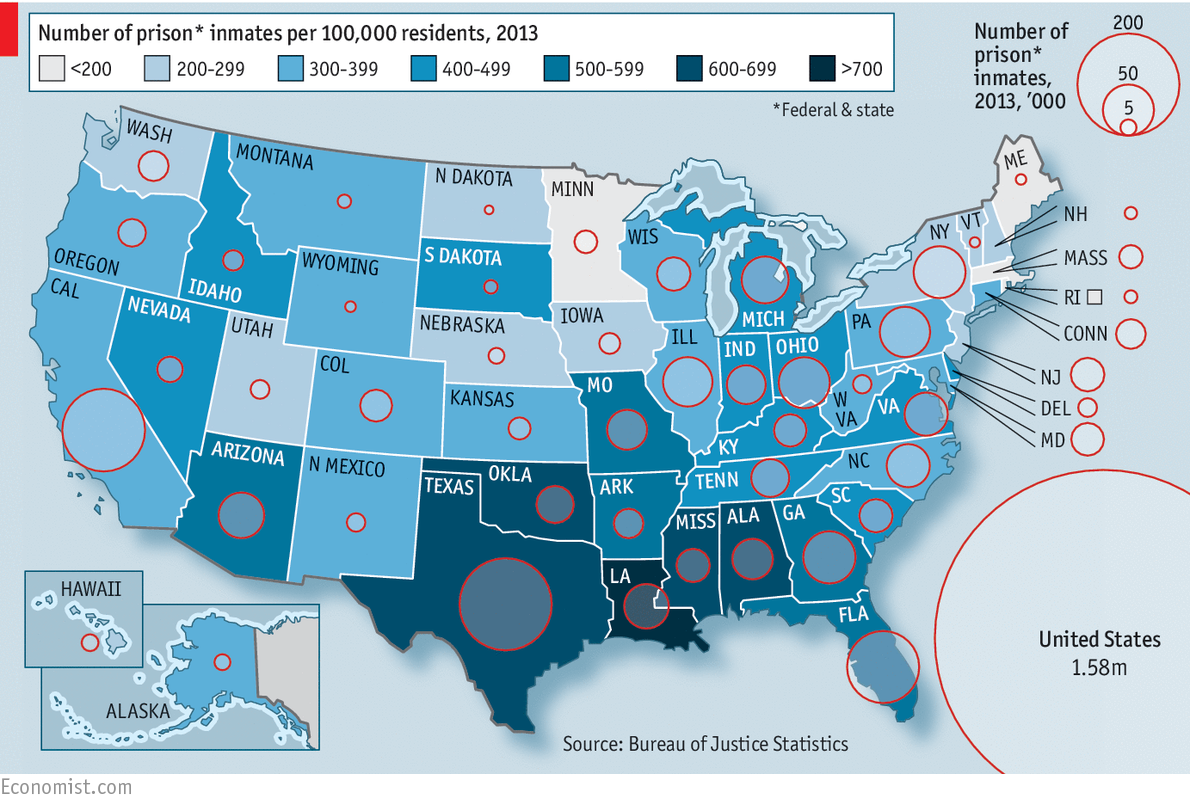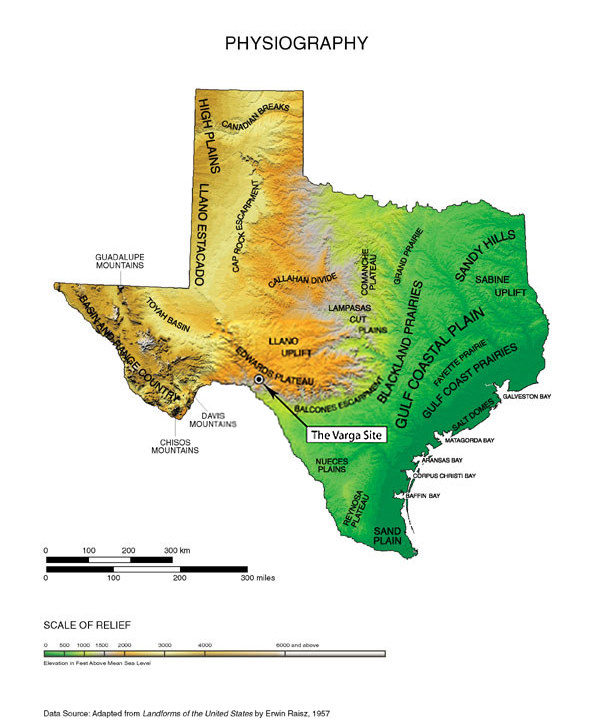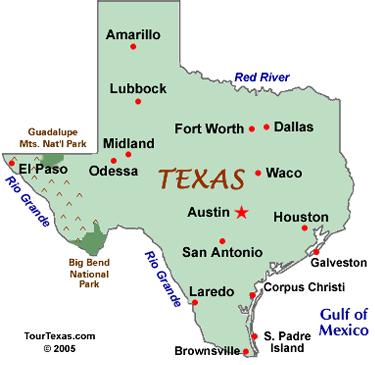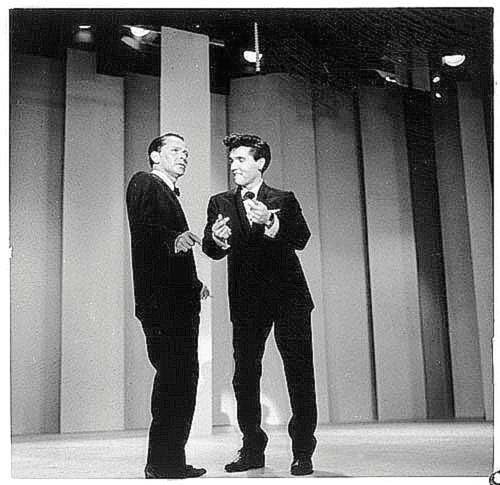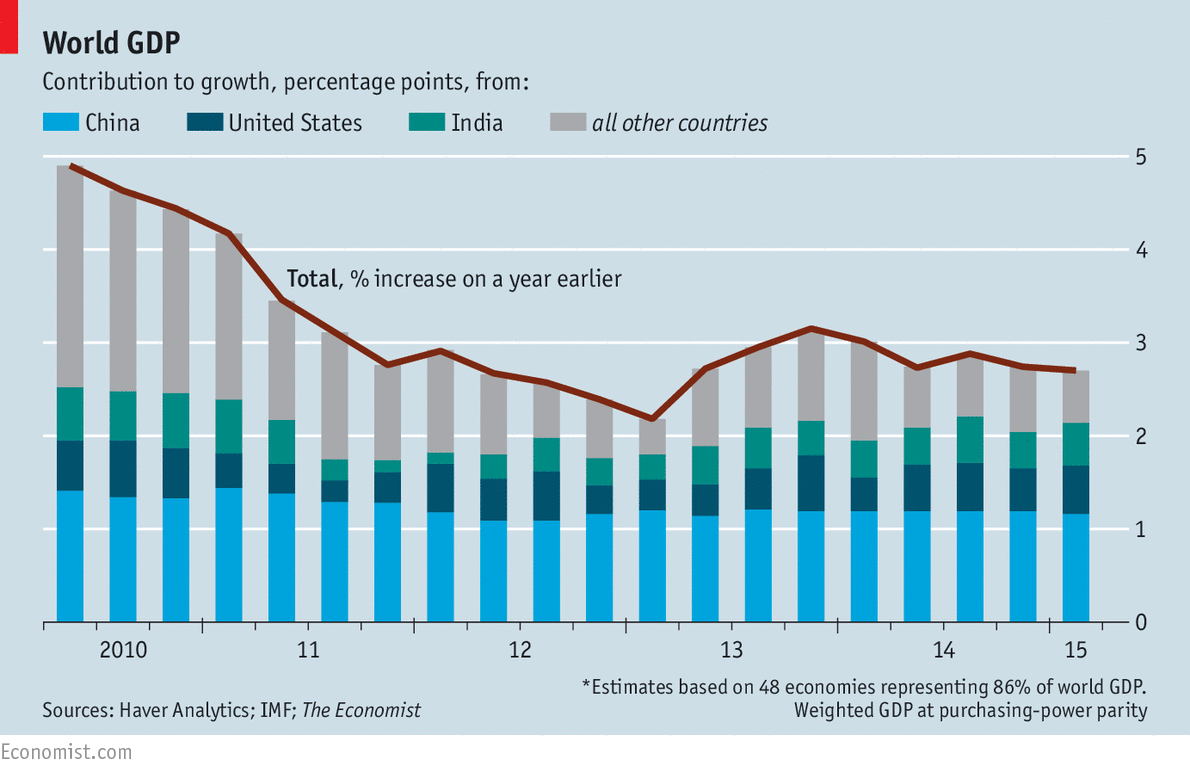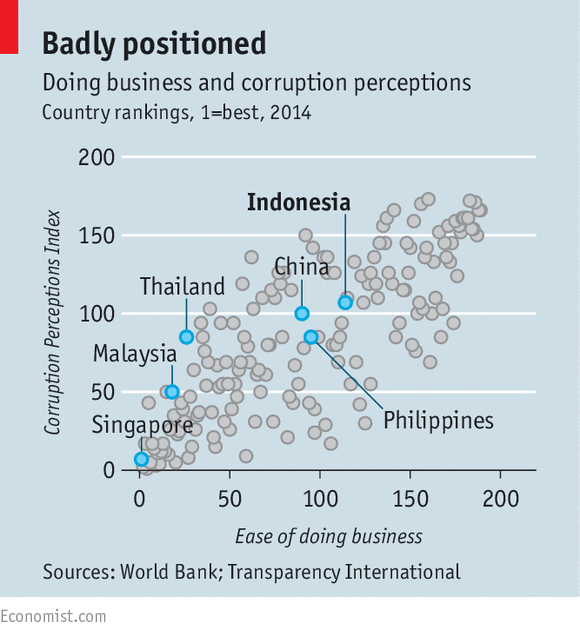by Allen Wiener. It occurs to me that I need to put this in a historical context, and others might find it useful as well. It is worth reading
U.S. Population: 132.2 million in 1940, 151.3 million in 1950
U.S. Real GDP: $1.27 trillion in 1940, $2.27 trillion in 1950
Elvis Presley was raised in poverty, and had had only a relatively short career in the South before exploding into the national consciousness in the late 1959s,. Elvis began his TV career appearing multiple times on popular national TV programs in 1956 when he was 21 years old. He performed early in the years in six shows of
, hosted by Tommy and Jimmy Dorsey, a show that shared an hour time slot with Jimmy Gleason's very popular
show. Then Presley appeared twice on
. There was an interview with Hy Gardner on a New York City station, and finally three appearances on
(the third in January 1957); the Sullivan Show appearances not only provided a large audience, but were a sort of "seal of approval" that Elvis Presley was a really big star! Elvis had four albums that topped the charts in the USA in the 1950s and 12 #1 singles plus two more that were in the top ten.
Consider a 16 year old girl in 1956 who was therefore born in 1940. Her parents had just lived through the Depression when she was born, the war was on in Europe, and Americans would fight World War II from 1941 through 1945. The Cold War would soon follow. The Korean War was fought from 1950 to 1953; President Eisenhower fulfilled a campaign promise and ended it. For a few years there was peace, and 1956 was for an American teenager a relatively peaceful time. That was the life experience of the girls in the audiences that screamed and made Elvis "the King".
by J. D. Salinger.was published in 1951. Marlon Brando starred in
in 1953. James Dean starred in Rebel Without a Cause in 1955. Jack Kerouac published
in 1957.
As I look back on the run up to the birth of Rock and Roll and the sudden stardom of Elvis, my first thought is of the "moon-June" music that I associate with the network radio that dominated home entertainment prior to television invading every living room in America. But that is not a full picture:
In November 1956, Presley made his film debut in Love Me Tender. In 1958, he was drafted into military service. He resumed his recording career in 1960, although recordings made before his military service and on leave were actually released during the time Elvis was in Germany.
Colonel Parker, Presley's manager broke new ground as television, top-40 radio, jukeboxes, record sales, movies, in-person concerts, and commercial tie-ins (posters, photos, concert programs, and even food) were combined in a synergy to increase Elvis' fame, increase his record sales, and make money!
The 1960s (Early Baby Boomers Become Adults)
U.S. Population: 179.3 million in 1960
U.S. Real GDP: $3.08 trillion trillion in 1960
I remember the 1960s as hard years. There was the Bay of Pigs and the Cuban Missile Crisis at the beginning of President Kennedy's term in office. The Cold War turned hot in Vietnam -- brought into American living rooms by TV -- and American involvement escalated through the decade. The Anti-War movement grew, and people took to the streets to protest the war. Johnson decided not to run again for President in 1968, and Nixon won, in part on his promise to end the war -- but the war went on. Bombing of North Vietnam did not sap the will of the enemy. A massacre in My Lai by American troops badly shook American public opinion. So too did the Tet Offensive of 1968. President Nixon began secret bombing of Cambodia in 1969, a bombing that continued into 1970. The U.S. public was shocked when college students were killed in 1970 by militia at Kent State University.
Foreign policy remained complex, demanding attention from government leaders if not from most of the American public. President Kennedy began the Alliance for Progress (in the Americas) and the Peace Corps. The Middle East demanded attention, as there was an Israeli-Egyptian War in 1967. As Cuba moved into the Soviet camp, Washington became concerned with Communist intrusion into other Latin American countries. Decolonization took hold after World War II, new nations in Africa and Asia took seats in international organizations, and often became surrogate battlegrounds for the Cold War principals; the political, economic and social development of Africa, Latina America and Asia became a concern. The former imperial European powers sought to adjust to their new, more-limited international role.
President Kennedy was assassinated in 1963, Martin Luther King, Jr. in April of 1968, and Bobby Kennedy in June of 1968. The Civil Rights Movement which had started in the 1950 continued and grew through the 60s. The movement contributed to the Civil Rights Act of 1964 and the Voting Rights Act of 1965, but also saw freedom riders killed and unforgettable televised police brutality against peaceful demonstrators in the South. A wave of inner city riots in black communities wracked the country from 1964 through 1970. President Johnson began a War on Poverty, assuring the country that it could afford guns and butter.
The Hippie movement, centered in San Francisco, captured the attention of the nation for a bit. While U.C. Berkeley got a lot of attention for the Free Speech Movement, university campuses across the nation became involved in counter culture activities. The Pill made more impact, and sexual mores were liberalized. Marijuana and other drugs were more in the news and more widely used.
The 16 year old girl Elvis fan of 1956 would be 26 in 1966. She might well be married and have children of her own, but she might also continue to be his fan. A new generation of young fans also had arrived, some having first heard Elvis on TV, radio or records at their mother's knee. Older fans were also recruited to the mix, including older folk. For that young mother, the world was perhaps a more threatening place than it had been a decade earlier.
As to the music scene,
I quote from Wikipedia:
During the early 1960s, Britain's new wave of musicians gained popularity and fame in the United States. Artists such as the Beatles paved the way for their compatriots to enter the US market. The Beatles themselves were influenced by many artists, among them American singer/songwriter Bob Dylan, who was a lyrical inspiration as well as their introduction to marijuana. Dylan's early career as a protest singer had been inspired by artists like Pete Seeger and his hero Woody Guthrie. Other folksingers, like Joan Baez and Peter, Paul and Mary, took the songs of the era to new audiences and public recognition.
The music of the 1960s moved towards an electric, psychedelic version of rock, thanks largely to Bob Dylan's decision to play an electric guitar at the 1965 Newport Folk Festival. The newly popularized electric sound of rock was then built upon and molded into psychedelic rock by artists like The 13th Floor Elevators and British bands Pink Floyd and the Beatles. The Beach Boys' 1966 album Pet Sounds also paved the way for later hippie acts, with Brian Wilson's writing interpreted as a "plea for love and understanding." Pet Sounds served as a major source of inspiration for other contemporary acts, most notably directly inspiring the Beatles' Sgt. Pepper's Lonely Hearts Club Band. The single "Good Vibrations" soared to number one globally, completely changing the perception of what a record could be. It was during this period that the highly anticipated album Smile was to be released. However, the project collapsed and The Beach Boys released a downgraded version called Smiley Smile, which failed to make a big commercial impact but was also highly influential, most notably on The Who's Pete Townshend..........
The 1960s was also an era of rock festivals, which played an important role in spreading the counterculture across the US. The Monterey Pop Festival, which launched Jimi Hendrix's career in the US, was one of the first of these festivals. Britain's 1968–1970 Isle of Wight Festivals drew big names such as The Who, The Doors, Joni Mitchell, Hendrix, Dylan, and others. The 1969 Woodstock Festival in New York state became a symbol of the movement, although the 1970 Isle of Wight Festival drew a larger crowd. Some believe the era came to an abrupt end with the infamous Altamont Free Concert held by The Rolling Stones, in which heavy-handed security from the Hells Angels resulted in the stabbing of an audience member, apparently in self-defense, as the show descended into chaos.
The Beatles broke up at the end of the decade, but other British bands soldiered on,
Elvis Presley began the 1960s with a TV special costarring with Frank Senatra. It was very well received, and effectively restarted his career with a bang after his two years of army service. Elvis turned out 27 movies in the 60s, commercializing on his reputation. They were virtually all profitable for Elvis, Parker and the movie studio, but had little serious value as film or to Elvis' career as a musician. In 1968, having missed out on much of the musical excitement of the decade, he made another TV special,
Elvis. Author Wiener sees this show as marking a comeback for Elvis due to the show's very large TV audience (even if it failed to garner great critical success). The following years were devoted to touring for concerts. Those in Las Vegas and Tahoe were lucrative and important as the locale for the creation of his stage performance, but he toured the country extensively, packing in the audiences and making himself and his manager, Colonel Tom Parker a lot of money. However, this was for Elvis the early stage of a downward slide, marked by addiction to pills, weight gain, family problems (he was married in 1967 and his only daughter was born a year later), and loss of motivation for his career.
Elvis recorded music during the period; it continued to sell, making money for Elvis and Parker. He had four number one albums and two more in the top ten in the USA from 1960 through 1964. and then not another until 1969. Similarly, he had five #1 singles and five more that were in the top 10 from 1960 to 63, but only one #1 and two that hit #3 in the rest of the decade.
 |
| Elvis' home, and now visitors attraction |
The 1970s (More Baby Boomers Become Adults/The Hippies)
U.S. Population: 203.2 million in 1970, 248.7 million in 1980
U.S. Real GDP: $4.71 trillion trillion in 1970, $6.50 trillion in 1980
The Vietnam War ground on. The release of
the Pentagon Papers by
The New York Times and
The Washington Post in 1971 undermined trust in the government statements and in its Vietnam policy. The Paris Peace Accords were signed in 1973 but were not accepted. President Nixon ordered U.S. ground troops to cross the Cambodian border in 1970, seeking to interdict Vietcong supply routes. A "Vietnamization" policy was initiated strengthening the armament of Vietnamese forces, but withdrawing U.S. forces. By the beginning of 1972, over 400,000 U.S. personnel had been withdrawn, virtually all combat troops. With public opinion in the U.S, against the war, and Democrats controlling the Congress and against the war, the South Vietnamese were increasingly left to fight the Vietcong on their own. The final invasion and surrender of Saigon came in 1975, again playing on TV in American living rooms. The majority of Americans were happy to see American losses in Vietnam put to an end.
Vice President Spiro Agnew resigned his office in 1973 having been charged with bribery, conspiracy and tax fraud. A break in at the Democratic headquarters in the Watergate in June of 1972 unraveled into
the Watergate scandal that would end the Nixon Administration and result in the first resignation of an American president. Day after day, newspapers screamed stories of illegal acts planned and carried out by White House operatives, a massive cover up, slush funds, and involvement reaching up to the president himself. A special prosecutor was appointed, key leaders in the Department of Justice resigned rather than carry out the president's orders, and President Nixon finally resigned from office on August 9, 1974.
1973 was the first of the oil shocks as the Oil Exporting Countries exercised their monopoly power by reducing exports and thus raising oil prices. Not only did this result in long lines at gas stations in the USA, but in a global financial crisis (the financing of needed oil imports) and in crucial fuel shortages for the South Vietnamese government that helped bring on its military collapse. There would be another energy crisis in 1979.
The 70s were a time in which women's issues came more to the fore -- women's rights and feminism. More women entered the workforce, Rowe vs. Wade in 1973 established a woman's right to abortion, and other changes advanced the lives of women. It was also a time when the environmental movement gained momentum. In 1970, the United States celebrated its first Earth Day in which over two thousand colleges and universities and roughly ten thousand primary and secondary schools participated.
That 16 year old girl of 1956 was 36 in 1976 -- possibly still an Elvis fan. The Presley fan base added men as well as women, and many younger than his now maturing original fans, but also older people, some of whom were drawn by his gospel music or his country tracks. But that 36 year old woman was now more mature, with more concerns in her personal life, and much more distrusting of government. Depending on her political ideology, she might be happy or disconcerted by the social changes in the country; she would have more political and cultural power, were she to choose to use it.
I quote from Wikipedia again on the music scene:
The early 1970s saw the rise of many diverse forms of popular and rock musical styles, including jazz rock (aka "fusion"), southern rock, folk rock, and soft rock, with the latter including recording artists such as The Carpenters, Carole King, and James Taylor. It also included the rise of such popular, influential rhythm and blues (R&B) and Motown artists as Stevie Wonder, The Temptations, and The Jackson 5.
Funk, an offshoot of Soul music with a greater emphasis on beats, influences from rhythm and blues, jazz, and psychedelic rock, was also very popular. The mid-1970s also saw the rise of disco music, which dominated during the last half of the decade with bands like the Bee Gees, ABBA, Village People, Boney M, Donna Summer, KC and the Sunshine Band, etc. In response to this, rock music became increasingly hard-edged with British early metal artists like Led Zeppelin, Black Sabbath, and Deep Purple. Minimalism also emerged, led by composers such as Philip Glass, Steve Reich and Michael Nyman. This was a break from the intellectual serial music of the tradition of Schoenberg which lasted from the early 1900s to 1960s.
Experimental classical music influenced both art rock and progressive rock genres with bands such as Yes, Pink Floyd, Supertramp, Rush, Genesis, King Crimson, Emerson, Lake & Palmer, Jethro Tull, The Moody Blues and Soft Machine. Hard rock and Heavy metal also emerged among British bands Led Zeppelin, Queen, The Who, Black Sabbath, UFO, Deep Purple, Uriah Heep, and Judas Priest. Australian band AC/DC also found its hard rock origins in the early 1970s and its breakthrough in 1979's Highway to Hell, while popular American rock bands included Aerosmith, Lynyrd Skynyrd and "shocksters" metalists Alice Cooper, Blue Öyster Cult, and Kiss, and guitar-oriented Ted Nugent and Van Halen. In Europe, there was a surge of popularity in the early decade for glam rock. The mid-'70s saw the rise of punk rock from its protopunk/garage band roots in the 1960s and early 1970s. Major acts include the Ramones, Blondie, Patti Smith, the Sex Pistols, and The Clash, while seminal band The Runaways would produce 1980s solo recording artists Joan Jett and Lita Ford. The highest-selling album was Pink Floyd's The Dark Side of the Moon (1973). It remained on the Billboard 200 albums chart for 741 weeks.
The Wikipedia discussion goes on to mention art rock and progressive rock genres, jazz-rock fusion and the beginning of Hip Hop music in the late 70s. John Lennon was assassinated in 1980.
 |
| Presley from Hawaii in 1973 |
Elvis continued his slide in the 1970s, with occasional partial recoveries. He toured a great deal but appeared less in the high prestige venues of Las Vegas and Tahoe and more in the rest of the country. He made one television special,
Elvis: Aloha from Hawaii in 1973
-- the first television show shown to a worldwide audience (albeit by delayed transmission in the USA to avoid conflicting with the Super Bowl). The related album was his only #1 album in the 1970s. Elvis in Concert, a TV special focusing on the crowd responses to his concerts, was filmed in 1977 just before his death at age 42. It was shown after his death, and served as a sort of memorial. Two albums reached the top ten in 1977. Three other albums released in the 70s made it into the top 50. Only three of his singles made the top 50 in the USA in the 1970s, and only one of those was in the top 10.
Wikipedia sums up his career in these paragraphs:
Presley is one of the most celebrated and influential musicians of the 20th century. Commercially successful in many genres, including pop, blues and gospel, he is the best-selling solo artist in the history of recorded music, with estimated record sales of around 600 million units worldwide. He won three Grammys, also receiving the Grammy Lifetime Achievement Award at age 36, and has been inducted into multiple music halls of fame. Forbes named Elvis Presley as the 2nd top earning dead celebrity with $55 million as of 2011........
As the catalyst for the cultural revolution that was rock and roll, he was central not only to defining it as a musical genre but in making it a touchstone of youth culture and rebellious attitude. With its racially mixed origins—repeatedly affirmed by Presley—rock and roll's occupation of a central position in mainstream American culture facilitated a new acceptance and appreciation of black culture.
Many videos of Elvis are now available for viewing online.
 |
| Elvis circa 1977 |











.png)



